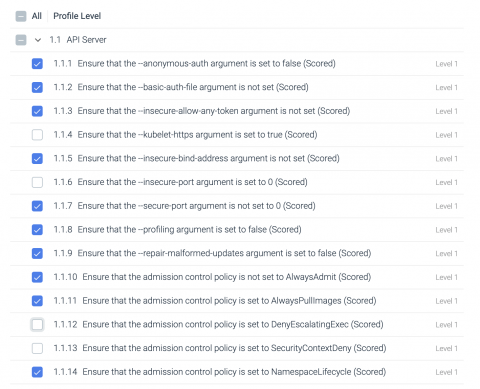Steps for Successful Vulnerability Management: Lessons from the Pitch
When I was younger, I played a variety of team sports and enjoyed competing against opponents with my teammates. Winning was always a matter of applying sound tactics and strategy, attacking and defending well and using a blend of skill, talent and luck. Now that I’m older, I watch more than I play, and I’m able to appreciate the many lessons team sports teach, especially at the professional level. With sports, we can tackle technical topics in a relatable way.










